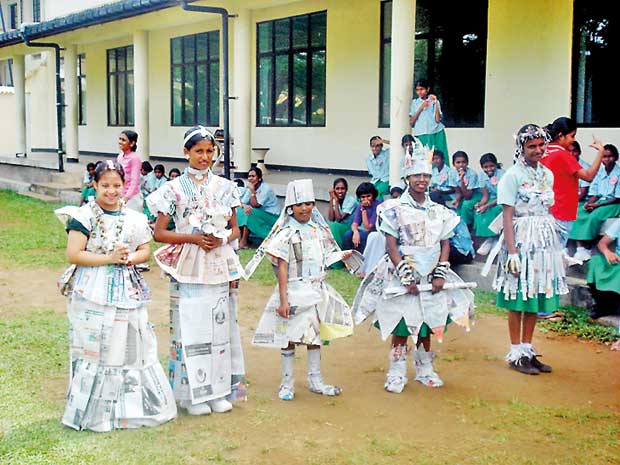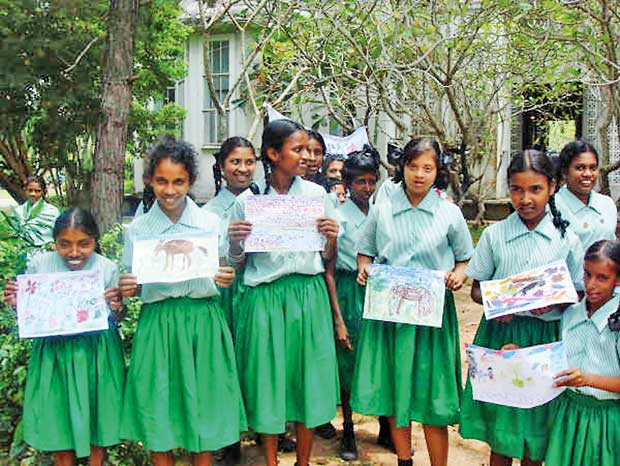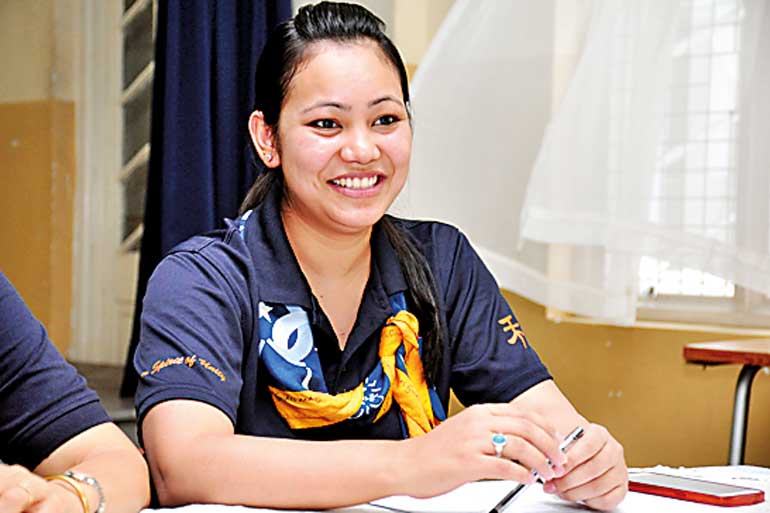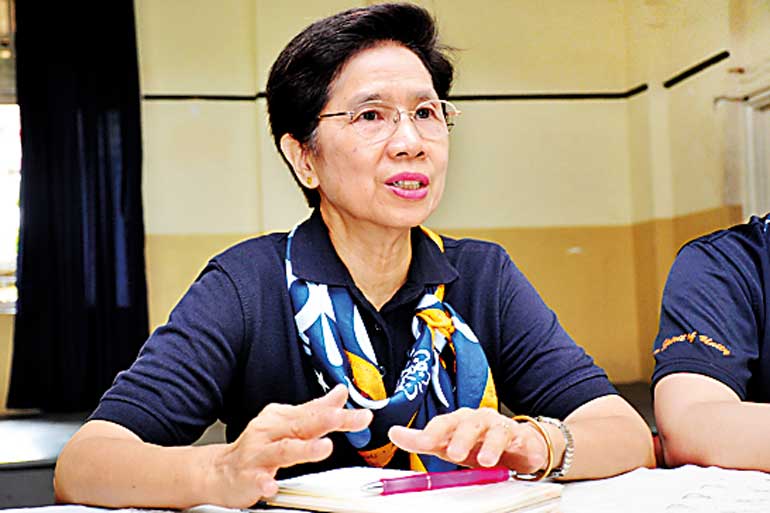Adjusting their blue ties, checking if the metallic pin is on straight before standing in formation to commence their weekly meetings, a Girl Guide company coming into session is a quietly ceremonial event. “Be prepared is our motto,” Chief Commissioner Sri Lanka Girl Guides (SLGG) Yasmin Raheem says, which was perhaps the thinking that led Jennie Claverly Green almost 100 years ago to introduce Guiding to the Girls High School in Kandy.
Girls’ High School Kandy was where the local story began in 1917 and the school is listed as the “1st Kandy” Company. Subsequently the movement made its way to Colombo, with Methodist College the first to welcome it, being listed as “1st Colombo”.
With some ten million girls and young women in 146 countries across the globe, the World Association of Girl Guides and Girl Scouts (WAGGS) is the largest voluntary movement dedicated to girls and young women in the world. “We are currently in the process of gathering information in the hope of publishing a book, tracing the 100 years of Guiding in this country,” the Chief Commissioner says. A year’s programme of commemorative events has been planned starting tomorrow at the Independence Square and winding up with a final celebration at Girls High School Kandy next year.
The ceremony at 4p.m. on Monday, March 21 to mark the beginning of SLGG’s centenary celebrations will see a gathering of Girl Guides and Little Friends at Colombo’s Independence Square. The Chief Guest will be Professor Savitri Goonesekere who has been actively engaged in bringing social injustice against women to the fore. SLGG will formally announce the centenary events taking place throughout this year at tomorrow’s event.
Meanwhile research is being carried out at the SLGG Headquarters opposite Colombo’s Public Library while preparations for the centenary celebrations get into full swing. Except for a portrait of Jennie Claverly Green which hangs at the entrance to SLGG’s hall, little else of her role in the school has been recorded. Her aspirations in setting up the 1st Kandy Company may have been lost to time, but with “approximately 4,000 women and girls” who are a part of the local Guiding community throughout the nine provinces, the seed she planted has blossomed into a strong and vibrant community across Sri Lanka.
Girls’ High School Kandy was where the local story began in 1917 and the school is listed as the “1st Kandy” Company. Subsequently the movement made its way to Colombo, with Methodist College the first to welcome it, being listed as “1st Colombo”.
With some ten million girls and young women in 146 countries across the globe, the World Association of Girl Guides and Girl Scouts (WAGGS) is the largest voluntary movement dedicated to girls and young women in the world. “We are currently in the process of gathering information in the hope of publishing a book, tracing the 100 years of Guiding in this country,” the Chief Commissioner says. A year’s programme of commemorative events has been planned starting tomorrow at the Independence Square and winding up with a final celebration at Girls High School Kandy next year.
The ceremony at 4p.m. on Monday, March 21 to mark the beginning of SLGG’s centenary celebrations will see a gathering of Girl Guides and Little Friends at Colombo’s Independence Square. The Chief Guest will be Professor Savitri Goonesekere who has been actively engaged in bringing social injustice against women to the fore. SLGG will formally announce the centenary events taking place throughout this year at tomorrow’s event.
Meanwhile research is being carried out at the SLGG Headquarters opposite Colombo’s Public Library while preparations for the centenary celebrations get into full swing. Except for a portrait of Jennie Claverly Green which hangs at the entrance to SLGG’s hall, little else of her role in the school has been recorded. Her aspirations in setting up the 1st Kandy Company may have been lost to time, but with “approximately 4,000 women and girls” who are a part of the local Guiding community throughout the nine provinces, the seed she planted has blossomed into a strong and vibrant community across Sri Lanka.
The first Sri Lankan
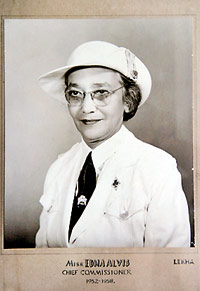 |
| 1st Chief Commissioner Edna Alwis |
Changes to the universal way in which Girl Guides function owes partly to the organic nature of SLGG’s success so far. “We still go by the Guide Promise and 10 Laws” as the global community requires. Recognised as full members of the World Association of Girl Guides and Girl Scouts since 1951, there has however been much “localising” of the system to Sri Lanka.
An endemic flavour that came in as early as when we got independence was made stronger by former Chief Commissioner, Freny Jilla, Ms. Raheem says. “When I was in school, in the 50s, we didn’t have Little Friends, it was called Brownies.” Regimental practices were also localised and foreign elements “like the toadstool” were abandoned. “We’ve also changed the uniforms” which now include “lama-sari, shalwar and pavadai” versions.”
A major change took place in 1972, when the highest Guilding award “Queen’s Guide” (since the Queen of England was the patron of the movement) became “the President’s Guide” with Sri Lanka becoming a Republic.
A special needs unit is yet another subsequent addition to the Guiding Family in Sri Lanka.
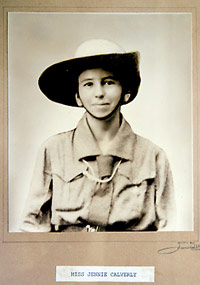 |
| Jennie Claverly |
As early as 1975, members of the local Guiding community have made their mark in international fora. The 22nd World Conference in the UK was chaired by a Sri Lankan, Chief Commissioner Sita Rajasuriya, who was incidentally the first Asian to be given this honour. The tradition still continues as Sri Lankans have been on various international Guiding bodies. “We’re a small country, but our work has been recognised and respected globally,” says Chief Commissioner Raheem.
Special thanks for
Vinusha Paulraj



